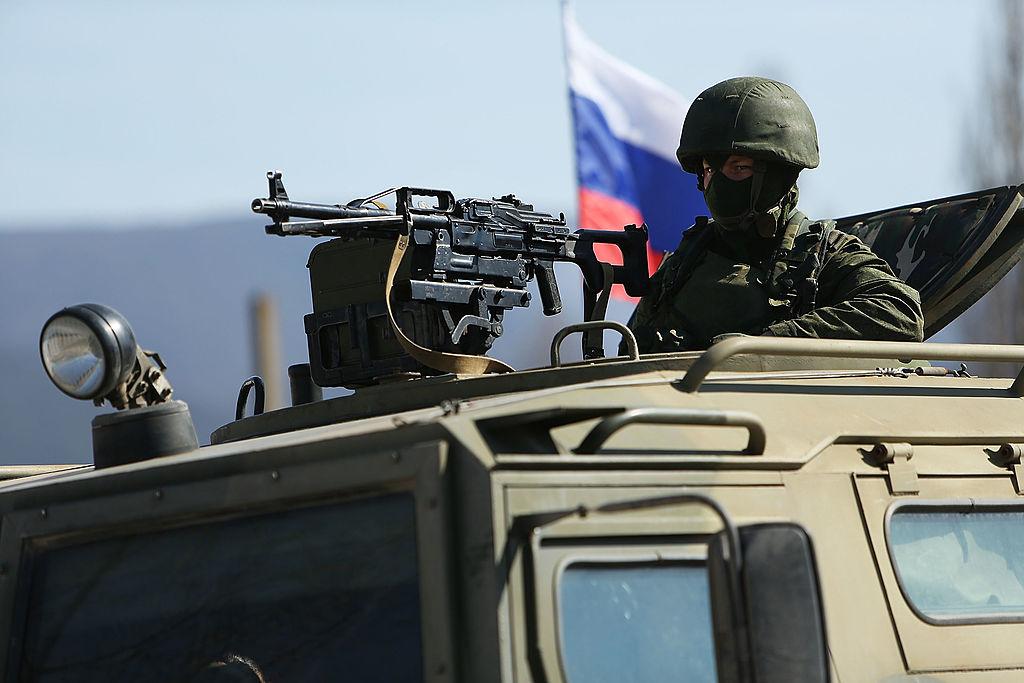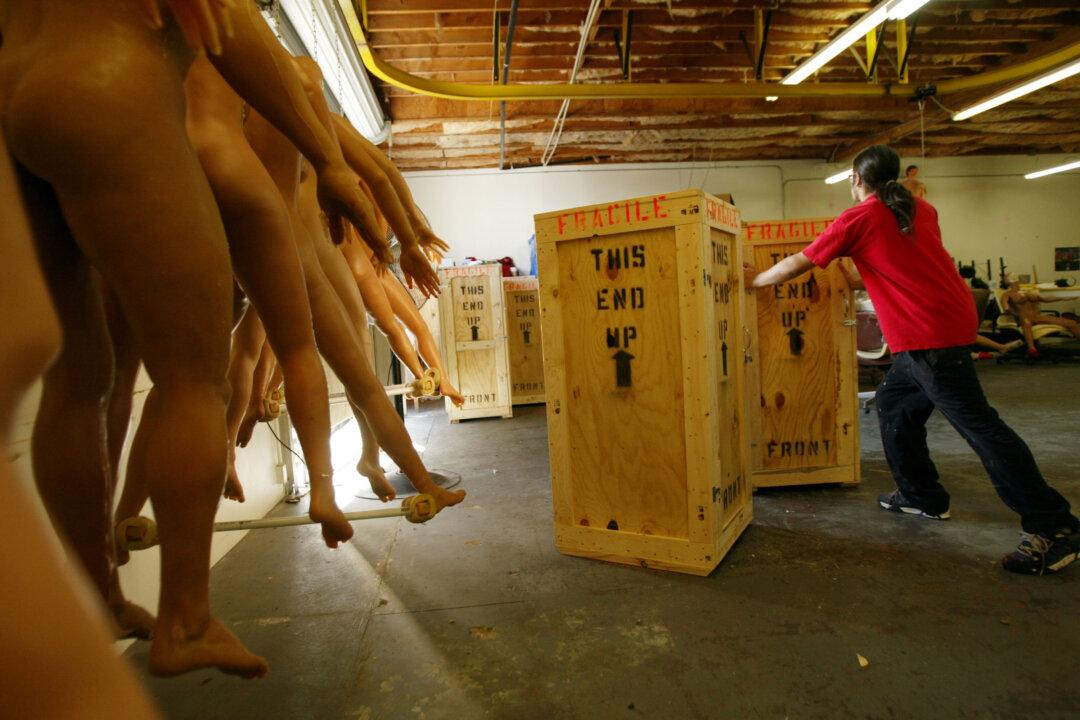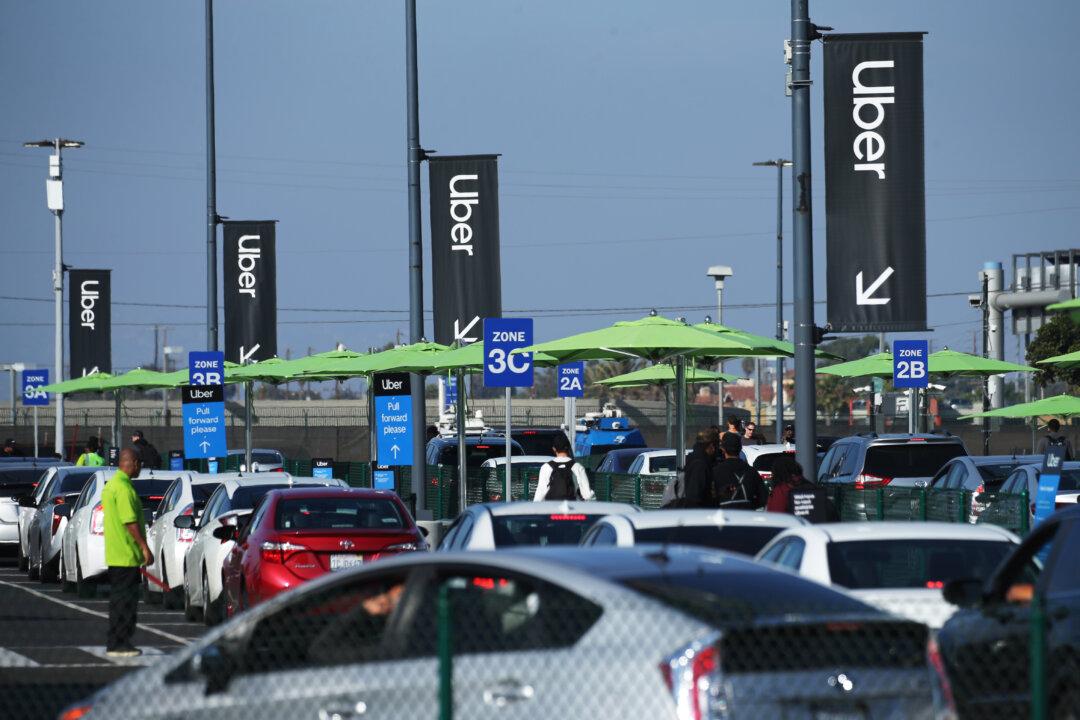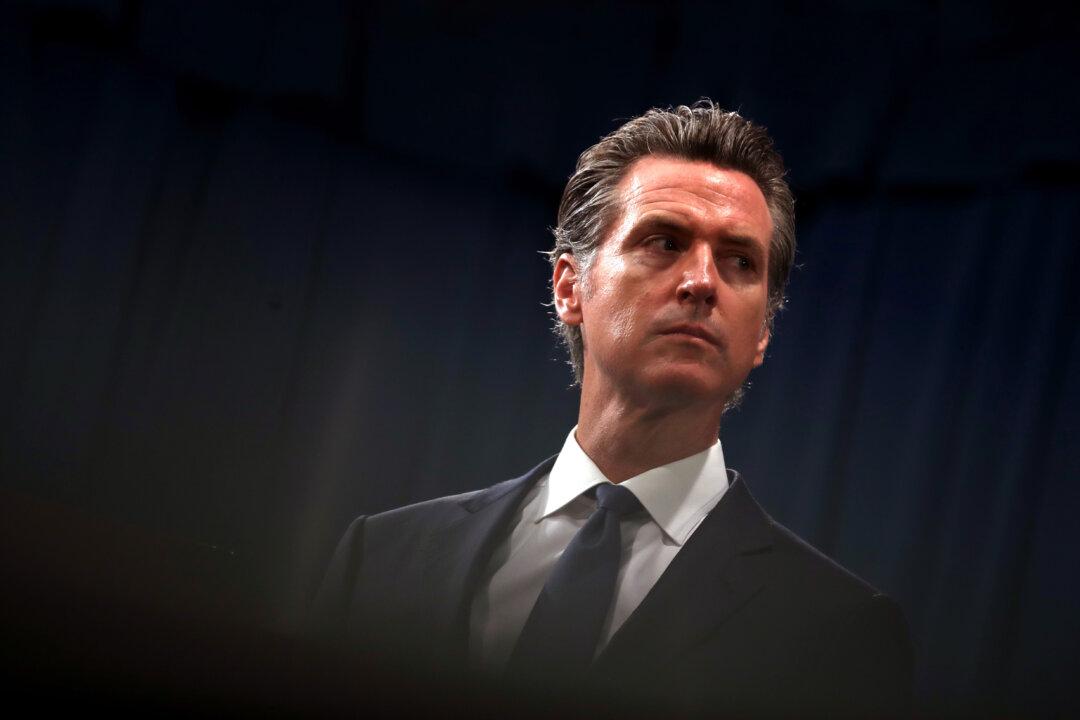Commentary
With the recent military standoff between the Ukrainian and Russian navies in the Black Sea—the Russians building up forces along their border with Ukraine, and the implementation of martial law in a third of Ukrainian oblasts—observers are waiting to see if this will pass or escalate the relative standstill in the war in Donbass.





